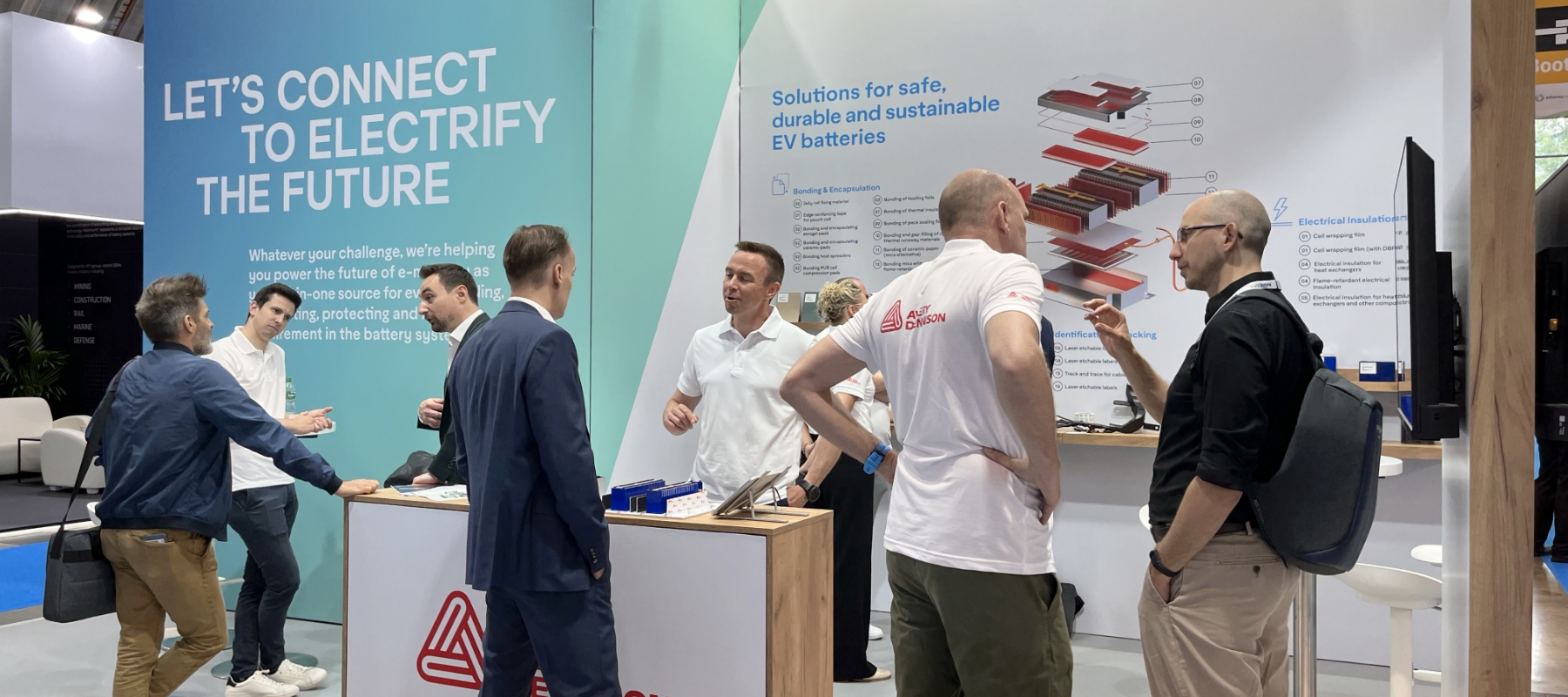EV batteries and hot weather conditions
The summer months bring more than just dehydration concerns; for EV drivers, rising temperatures can worsen range anxiety during long trips. Understanding how heat impacts your EV battery and how to enhance its performance is crucial. High temperatures reduce power output and increase charging times, affecting both immediate and long-term battery health. The ideal operating temperature for EV batteries is between 20°C and 25°C, where they perform best. This article provides practical tips to mitigate heat-related issues and maintain your EV's efficiency during the hottest months.
Your EV battery in hot weather
One common worry for EV owners is how extreme heat affects lithium-ion batteries. Electric vehicles are less efficient in hot weather as high temperatures decrease power output, resulting in reduced range.
Put simply, an overheated EV battery struggles to cool down because heat slows its chemical processes. This decreases range and may lead to longer charging times. In the long run, improper management can even harm the battery's longevity.
Thermal management
The temperature of a battery in a vehicle left in the sun is not likely to reach a level where performance or safety is impacted, but during charging and driving, the battery generates heat. If this heat cannot be dissipated quickly enough, there may be consequences for the cells in the battery.
EVB designers take this into account by engineering thermal management systems in the battery. In simpler electric vehicles, this can include air cooling, where airflow generated during driving helps cool the battery. While such passive cooling is not so popular in the latest range of higher-performance EVs, other passive cooling solutions like heat sinks and conductors can still be found.
"Can your EV handle the heat?"
Pressure-sensitive adhesives (PSAs) are often used to attach these thermally conductive materials in the batteries. The ability of PSAs to flow across surfaces and create large areas of contact (known as wetting a surface) ensures that heat can flow to and through these materials.
Modern EVs, which have batteries with higher energy densities that deliver greater performance and need more temperature management, usually have active thermal management. These systems introduce a coolant into a chiller plate in the battery pack to transfer the heat from the cells to outside the battery. The temperature of the battery can be adjusted so that the cells are at the optimum temperature, whether for driving or charging. The metal components need to be electrically insulated, and here again PSAs play a role in self-adhesive films. These thin films prevent electrical arcing even in the most powerful batteries while still allowing heat to flow efficiently into these plates to be transported away.
PSAs are also used when gaskets and seals have to be bonded securely to prevent dust, water, or contaminants from entering the battery. This holds true also for the air conditioning system you have switched on to cool the interior. Thermal insulation is also bonded with these adhesives, along with window films to keep the heat out.
How can drivers address EV battery problems in hot weather?
Here are some simple tips to help you mitigate issues with your EV in hot weather:
- Pre-condition your car before driving
- Limit electronics usage
- Activate eco-mode
- Park in shaded areas
- Monitor tire pressure
Pre-conditioning, usually associated with cold weather, is equally essential in hot conditions. Keep your EV plugged in at home and set it to cool the battery and cabin to an optimal temperature range. This action extends your range and cools the cabin without draining the battery.
Reduce air conditioning usage while driving, as excessive cooling diminishes range. Also, limiting the use of additional devices such as tablets and phones helps preserve battery life.
Consider using eco-mode to conserve battery power by moderating the electric motor's output. It adjusts performance, like reducing acceleration levels, to extend your range.
Parking in shaded spots keeps your EV and its battery cooler without relying on pre-conditioning. This simple step helps manage hot weather effectively.
Lastly, maintain proper tire pressure by checking and inflating them to the recommended pressure before your journey to enhance your vehicle's efficiency.
Safe charging practices for your EV in summer
Under normal summer conditions, your EV and its battery face no risks. Charging your car even on a hot summer day is safe, as a little sunlight won't hinder the process.
Further reading
About the author
Achim Kappenstein
Achim Kappenstein, Director of Energy Storage and Electrification at Avery Dennison Materials Group EMENA, brings over 20 years of global experience in the automotive industry, having held leadership roles at tier-one suppliers across multiple regions. His expertise includes driving innovation in both the automotive and renewable energy sector.
Achim joined Avery Dennison in 2024, he is responsible for driving the Electrification strategy, to align the company’s capabilities with the evolving needs of the ES industry, ensuring its readiness for future growth, regulations and innovations. Since 2018, Achim has been deeply involved in the Battery Electric Vehicle (BEV) and Renewable Energy industries, contributing to advancements in sustainable technologies. His extensive knowledge positions him as a strategic expert in creating solutions that promote sustainability and circularity.
achim.kappenstein@eu.averydennison.com
www.linkedin.com/in/achim-kappenstein/
